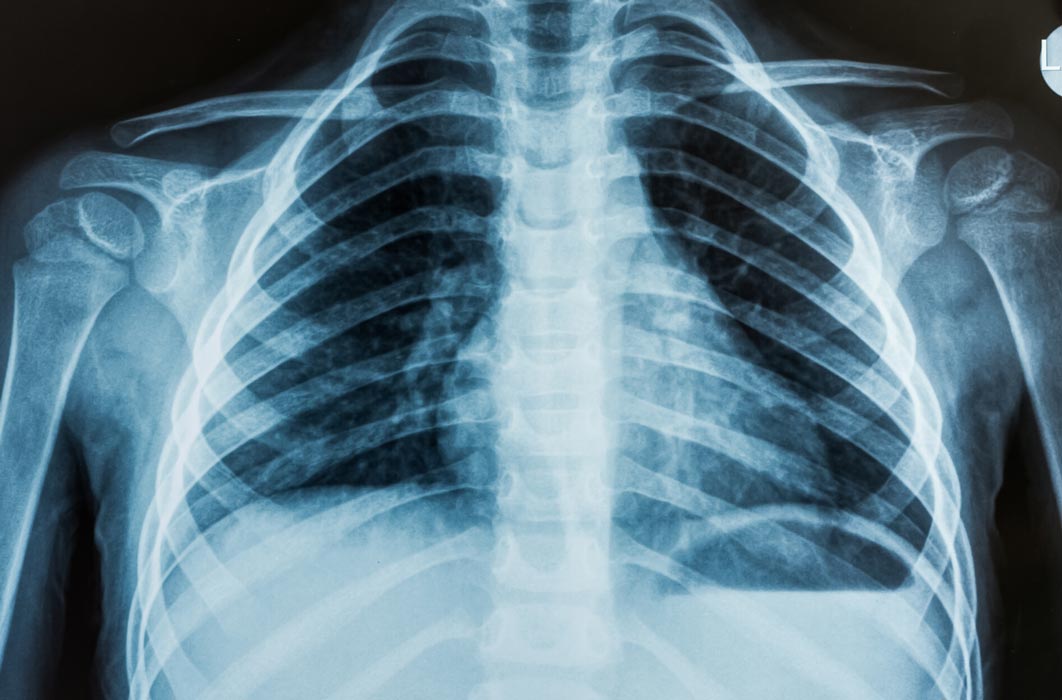
WHAT IS X-RAY?
An x-ray is a non-invasive procedure that produces digital images of the body using small doses of radiation. X-ray scans are the oldest and most frequently used form of medical imaging.
What is x-ray used for?
X-rays have many uses but are most commonly used to see the musculoskeletal system. Some common x-ray studies include:
- Abdominal series
- Chest
- Extremities
- Skull, face, and orbit
- Intravenous pyelograms (IVP)
- Myelograms
- Spine
How to prepare for an x-ray
X-rays are quick and painless exams that do not typically require special preparation. Here are a few things to remember before your x-ray:
- Bring a copy of the order for the procedure from your referring physician.
- Wear comfortable, loose-fitting clothing for your x-ray examination. Metal objects can affect the image, so avoid clothing with zippers and snaps. You may be asked to remove hairpins, jewelry, eyeglasses, hearing aids and any removable dental work that could obscure the images.
- Take your usual medications.
- Women should always inform their doctor or x-ray technologist if there is any possibility that they are pregnant.
Some x-ray studies may require contrast, which require specific preparation prior to your scan.
- If you will receive intravenous contrast material (x-ray dye) you should drink plenty of clear liquids, but do not eat solid food for 3-4 hours before your exam.
- Diabetic patients who receive intravenous contrast material and take Metformin (Avandamet, Glucophage, Glucophage XR, Glumetza, Glucovance, Fortamet, Riomet, Actoplus Met and Metaglip) should discontinue this medication for 48 hours after the x-ray procedure. Metformin should be restarted only after kidney function has been evaluated.
What to expect during an x-ray
X-rays are non-invasive, painless procedures that typically take about 5-10 minutes. The technologist will position you on an x-ray table over a digital recording plate, which captures the image. Sometimes, we might also use sandbags or pillows to help you hold the proper position. You'll be asked to hold very still while the image is captured and may be asked to hold your breath for a moment to reduce blurring.
When your examination is over, you may resume your normal daily activities unless otherwise instructed by your doctor. One of our board-certified radiologists will review the images and send a report to your physician.
What if I require contrast?
Some x-ray examinations require that you take a special dye, often called “contrast,” before the x-ray. Contrast can create clearer images for a more accurate diagnosis. If you are given contrast, you might be asked not to eat or drink anything for 3-4 hours before the test. Contrast can be given using an intravenous line (IV) that is placed in a vein in your hand or forearm. Contrast given through an IV might cause a metallic taste in the mouth, nausea and a warm flushing sensation. These sensations are normal and usually go away within a few minutes.
Most people experience no side effects from x-ray contrast. However, if you have a mild contrast allergy, you might develop sneezing, itching, or hives. Your doctor may have you take antihistamines (like Benadryl) or steroids before your exam. Very rarely a patient becomes short of breath, develops low blood pressure or has swelling in the throat or another part of the body, indicating a more serious reaction to contrast material that must be promptly treated. If you experience any of these symptoms, inform the technologist immediately.
The kidneys help filter contrast out of the body. Therefore, if you have kidney disease or diabetes, you should receive plenty of fluids before and after the test and be closely monitored for kidney problems. If you have diabetes or are on kidney dialysis, talk to your health care provider before the test about your risks.
